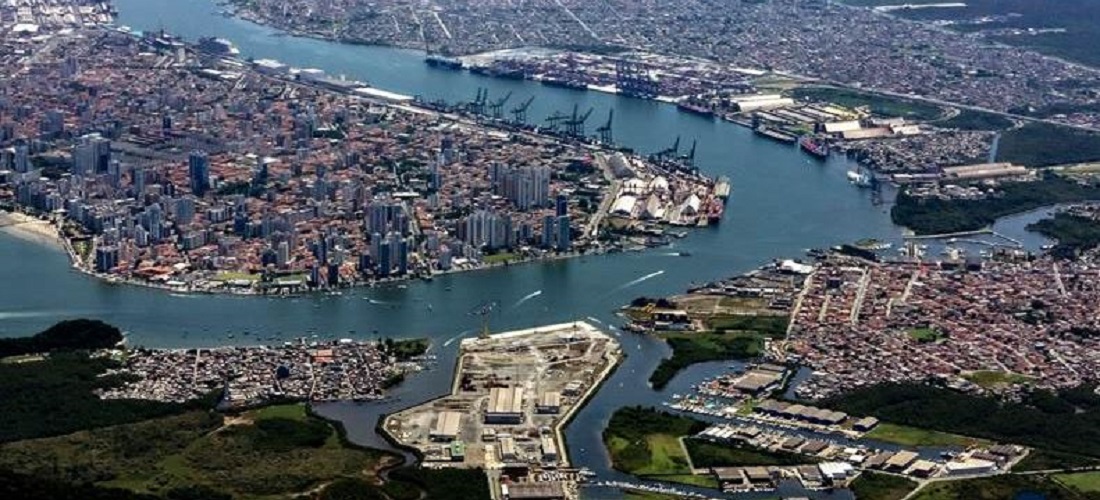
Brazil waterway transport sector stood at 1.3 billion tonnes in 2023
Feb, 08, 2024 Posted by Gabriel MalheirosWeek 202406
In 2023, Brazil’s waterway transport sector experienced a significant surge, moving a staggering 1.303 billion tons of goods. This robust performance marks a 6.9% increase compared to the previous year, setting a new record in the historical throughput series.
Of notable interest is the remarkable growth seen in inland navigation, which surged by 10.5%, followed closely by long-distance navigation with an 8.3% increase, and coastal shipping, which exhibited a 1.6% rise.
Throughout the year, cargo profiles remained consistent. Soybeans took the lead with a notable 29% increase in movement, followed by corn with an 18% rise, and crude oil with a solid 9.4% uptick. Other significant movers included iron ore, up by 7.6%, and fertilizers, showing a healthy 6.9% growth.
Despite these positive trends, containerized cargo saw a slight dip of -0.5%, while general cargo experienced a more substantial decrease of -2.9%, as reported by ANTAQ.
Public ports that shone in performance included Santos, Paranaguá, and Itaguaí, with growth rates of 7.7%, 12.1%, and 10.2%, respectively. These ports collectively saw an increase of 9.7 million, 6.3 million, and 5.2 million tons compared to the previous year.
Leading the charge among Private Use Terminals (TUPs) were the Tpet/Toil Oil Terminal – Açu RJ, with a remarkable 32.9% surge, followed closely by the Terminal Porto Sudeste do Brasil S/A – RJ, boasting a staggering 47.9% growth, and the Tubarão Terminal – ES, which experienced an impressive 11.8% increase. These terminals witnessed tonnage growths of 14.3 million, 8.9 million, and 8.0 million, respectively.
Northern Arc
A significant narrative emerged from Brazil’s Northern Arc [Arco Norte], where the movement of soybeans and corn outpaced the rest of the country. ANTAQ’s Waterway Statistical data revealed that ports and terminals in the Northern Arc processed 100.8 million tonnes in 2023, compared to 88.5 million tonnes in the previous year. Meanwhile, movement in the rest of Brazil, below the parallel 16°S, reached 100.2 million tonnes, up from 73.4 million in 2022.
The Northern Arc’s prominence has grown as a critical conduit for Brazil’s soybean and corn exports, cementing the nation’s position as a global leader in these commodities. With Brazil currently accounting for 58% of global soybean exports and 27% of corn exports, according to USDA data, the importance of efficient maritime logistics cannot be overstated.
Amazon Drought
While the sector faced challenges in the latter half of 2023 due to drought conditions in the Amazon Hydrographic Region, particularly between August and November, inland navigation demonstrated resilience, spurred on by robust soybean transportation (+10%) in the first half of the year.
Expected throughput
Looking ahead, ANTAQ projects continued growth in port throughput, with expectations of reaching 1.313 billion tonnes in 2024, representing a 2.3% increase over 2023. This upward trajectory is forecasted to persist over the next four years, culminating in an estimated movement of 1.415 billion tonnes by 2027, underscoring the maritime sector’s pivotal role in Brazil’s economic landscape.
-
May, 28, 2020
0
Brazilian orange juice exports grow by 17% in 2019/20 harvest
-
Ports and Terminals
May, 13, 2024
0
Port Throughput in Brazil’s Santa Catarina Grows Beyond National Average
-
Ports and Terminals
Nov, 07, 2023
0
Sugar Exports Through Paranaguá Container Terminal Increase by 4,500% in 2023
-
Fruit
Apr, 18, 2024
0
Pernambuco Showcases Export Potential at Global Fruit and Vegetable Expo


